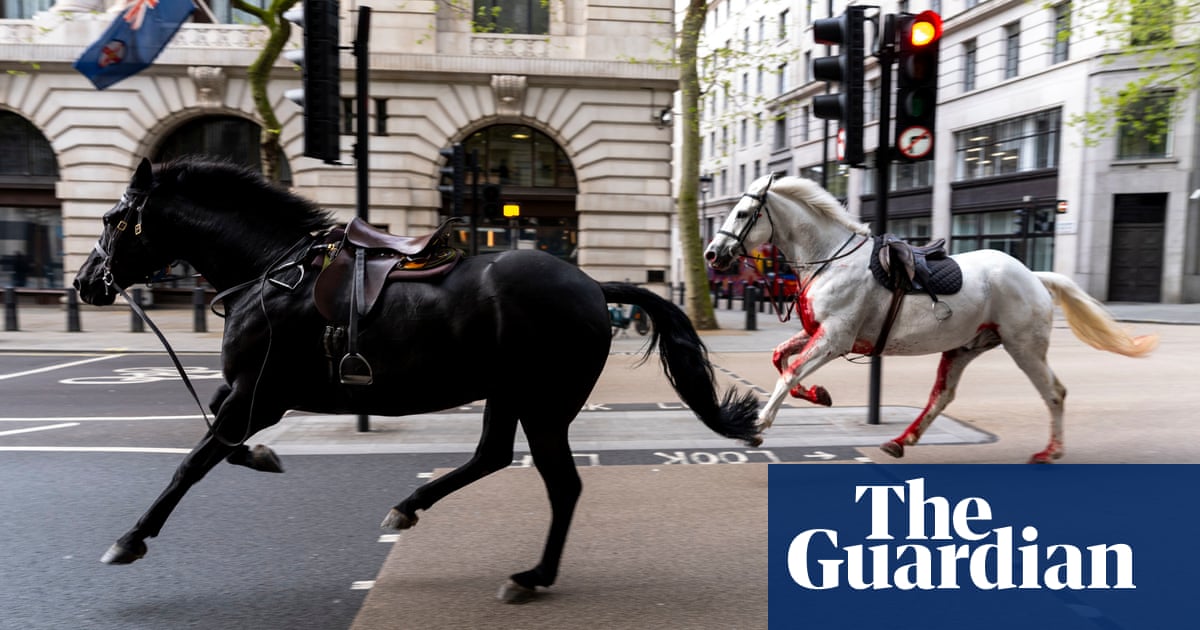
Sixty works from one of the finest collections of impressionist paintings in northern Europe are finally going on display more than four months after lockdown prevented the exhibition featuring them from opening.
Nearly half of the paintings are being seen in the UK for the first time and include knockout works by superstar artists including Edgar Degas, Édouard Manet, Claude Monet and a man who today is one of the most problematic artists, Paul Gauguin.
The Danish insurance magnate Wilhelm Hansen and his wife Henny collected the works between 1916 and the late 1920s. They normally light up the walls of Ordrupgaard, the Hansen house outside Copenhagen that was bequeathed to the Danish state and became a museum in 1953.
Ordrupgaard’s closure for building work was a rare opportunity for the Royal Academy of Arts to borrow the works. They arrived in March, only for lockdown to begin a week before the exhibition was due to open.
“Luckily, just as Europe was closing down, the paintings arrived in London,” said the show’s curator, Anna Ferrari. The RA team stored and monitored them, and they have now been hung for a show that opens to the public on Friday as part of the building’s reopening.
“It is a huge relief to finally see the exhibition as we planned it. Lots of exhibitions have been cancelled across institutions everywhere and we were just lucky with the timing. The paintings had arrived and our lenders were so helpful and understanding,” Ferrari said.
At the heart of the display are eight works by Gauguin, a post-impressionist whose depictions of Tahiti are known all over the world and whose works are in most major collections. He was, however, also without question a sexual predator who treated women appallingly.
Ferrari says the exhibition explicitly recognises and addresses the artist’s behaviour. One of the works on display is a reimagining of Adam and Eve with the former a self-portrait and the latter a young Tahitian girl, “suggesting a personal and unsettling reinterpretation”, the accompanying text says.
“Gauguin is a deeply problematic figure,” said Ferrari. “When he went to French Polynesia at the end of his life he took advantage of his position of power as a European male in a French colony.
“He had sexual relations with young girls and didn’t tell them he was already married. That would have been problematic in Polynesian culture. He also treated them quite callously.”
She said the RA was a good place to have nuanced debates and discussions about a terrible man who was also an important figure in western art history.
“Different people will have different reactions. I just hope they want to engage with the works,” she said. “Should we just not present him because he is problematic, or present him and explain why he is problematic?”
Most of the other works and artists on display are far less freighted with issues. Manet’s Basket of Pears, for example, a work that Wilhelm Hansen would show to dinner guests as “an extra dessert after the ice cream”.
Ferrari said the Hansens had “a great eye for quality”. One of the first paintings they acquired was a 1903 view of a murky Waterloo Bridge and the Thames by Monet, who painted from his room at the Savoy.
“It is a great painting,” said Ferrari. “Monet apparently told his wife that were it not for the fog London would not be a beautiful city.”
Denmark was neutral during the first world war and Hansen was able to buy stupendous works from France at sometimes knockdown prices.
Other artists on display include Berthe Morisot, Auguste Renoir and Alfred Sisley, and artists who were precursors to the impressionists such as Camille Corot, Gustave Courbet, Jules Dupré and Charles-François Daubigny.
• Gauguin and the Impressionists: Masterpieces from the Ordrupgaard Collection, 7 August – 18 October 2020












